The snow cream recipe has roots in North America, dating back to the early 1800s. It was originally a simple treat made from fresh snow, milk, and sugar, often enjoyed during winter months. Early settlers used this method to create a sweet dessert using readily available ingredients, offering a refreshing way to enjoy the snowy landscape. Over time, variations of the snow cream recipe emerged, with flavors like vanilla and chocolate becoming popular additions.
Ingredients Needed for Snow Cream Recipe
To create a delicious snow cream recipe, gather the following ingredients. The simplicity of these items allows for quick preparation and a tasty treat during snowy weather.
- Fresh Snow: The star of the recipe, fresh snow provides the perfect texture for snow cream. Make sure to collect clean, fluffy snow to avoid impurities.
- Sweetened Condensed Milk: This ingredient adds a rich sweetness and creamy consistency to the snow cream. It’s a key element in giving the dessert its smooth, indulgent flavor.
- Vanilla Extract: A small amount of vanilla extract imparts a warm, comforting flavor that complements the snow cream’s sweetness.
- Sugar: Depending on your preference for sweetness, sugar can be added to adjust the taste. If you like it sweeter, feel free to add more.
- Milk or Cream: For a creamier texture, whole milk or heavy cream can be used. This will make your snow cream smooth and rich.
- Optional Toppings: You can include toppings like chocolate chips, sprinkles, or fruit to add a fun twist to the snow cream.
Once these ingredients are gathered, you’re ready to begin making your homemade snow cream.
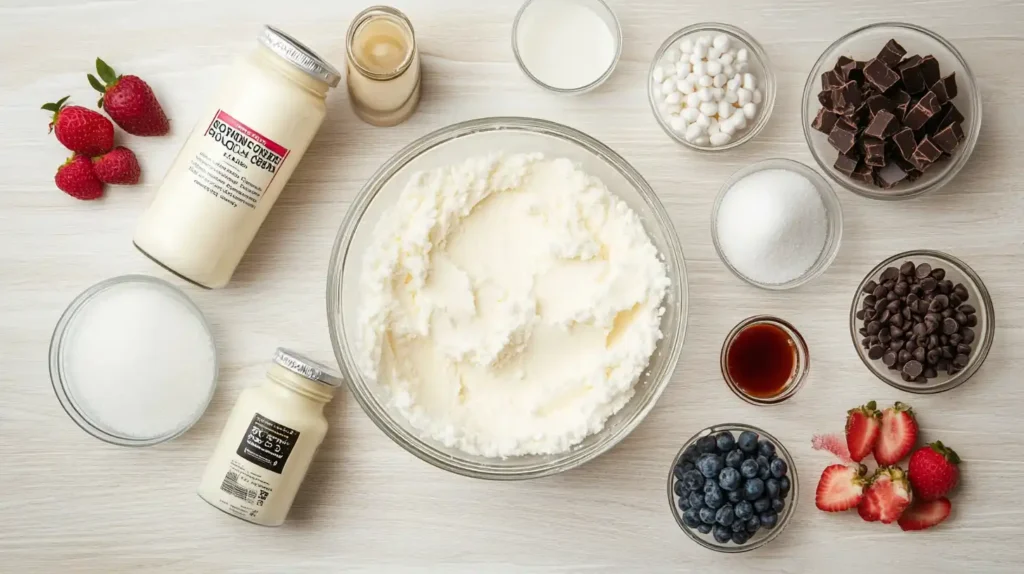
Best Types of Snow for Making Snow Cream Recipe
When making a snow cream recipe, the quality of the snow plays a crucial role in achieving the perfect texture and flavor. Not all snow is ideal, so here are the best types to consider.
- Fresh, Fluffy Snow: The best snow for snow cream is fresh and fluffy, typically falling on days with light, dry snow. This type of snow provides a soft, airy texture that mixes well with the other ingredients.
- Clean Snow: Always choose clean snow. Avoid snow that has been touched by dirt, vehicles, or other contaminants, as it can affect the taste and safety of your snow cream.
- Powdery Snow: Powdery snow is light and dry, making it the ideal texture for snow cream. It easily absorbs liquids like sweetened condensed milk and provides the perfect consistency.
- Dry Snow: Dry snow is perfect for making snow cream because it won’t melt quickly. If the snow is wet or heavy, it can turn mushy when combined with liquids, compromising the final result.
If you’re uncertain about the quality of snow, always choose the cleanest, driest, and fluffiest snow you can find. This ensures the best texture and taste for your snow cream.
When making a snow cream recipe, the quality of the snow plays a crucial role in achieving the perfect texture and flavor.
Step-by-Step Guide to Making Snow Cream Recipe
Making snow cream is simple and fun. Follow this easy guide to create a delicious winter treat.
- Collect Fresh Snow: Start by gathering clean, fluffy snow from a safe, uncontaminated area. You’ll need around 8-10 cups of snow for the best texture.
- Prepare the Mixture: In a large bowl, pour about 1 cup of sweetened condensed milk. Add 1 teaspoon of vanilla extract for flavor, and if desired, a pinch of sugar to sweeten further.
- Combine with Snow: Gradually add the snow to the milk mixture, stirring gently as you go. Continue to add snow until the mixture reaches a creamy, yet firm consistency. The goal is to mix the snow in without turning it too runny.
- Stir Gently: Be careful not to overmix. The snow should maintain its fluffy texture while absorbing the liquid ingredients. The end result should resemble thick ice cream.
- Serve and Enjoy: Spoon the snow cream into bowls or cups. Add optional toppings such as chocolate chips, sprinkles, or fruit if desired.
Now, your snow cream is ready to enjoy—an easy and delightful treat to enjoy on a snowy day!
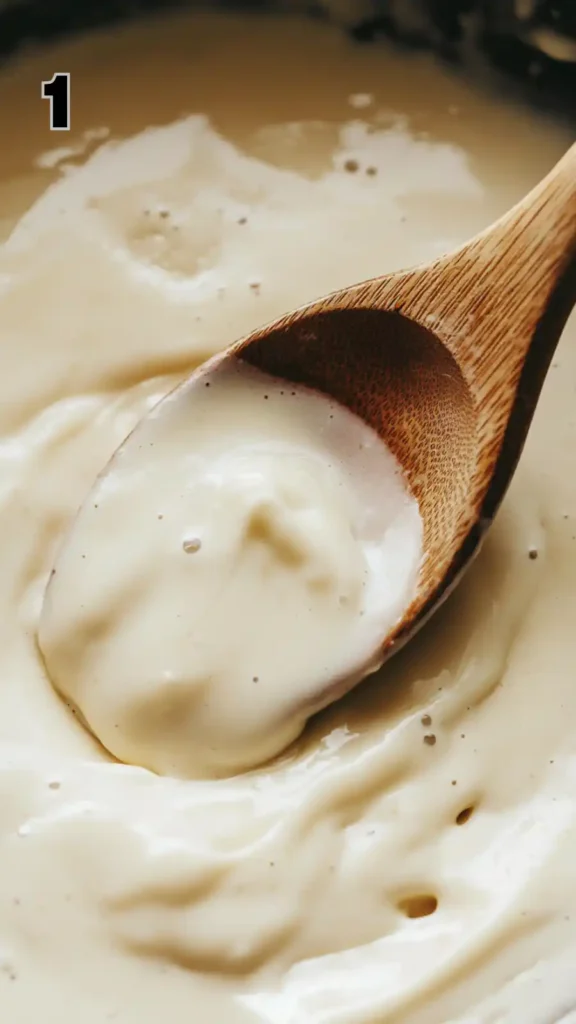
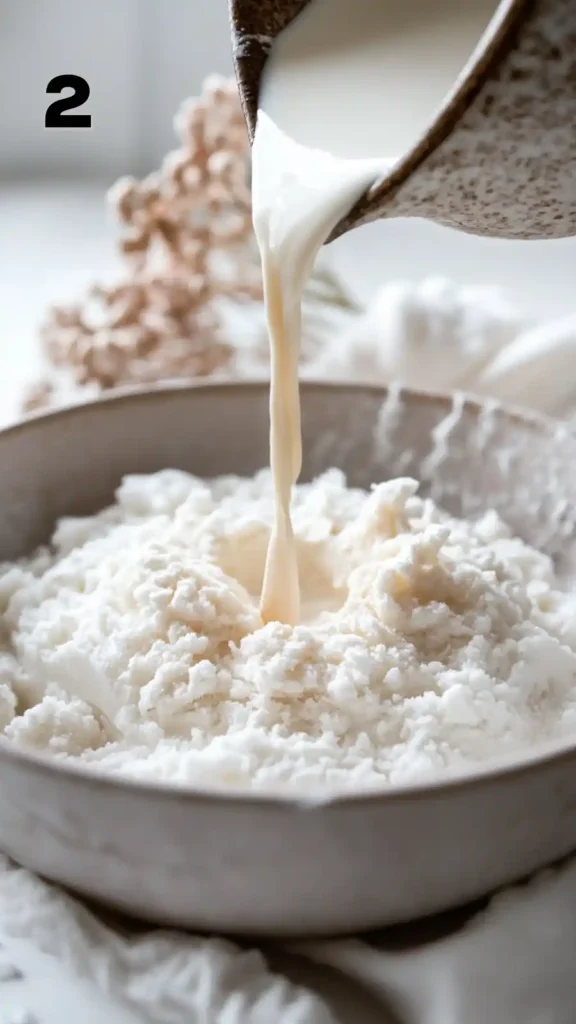
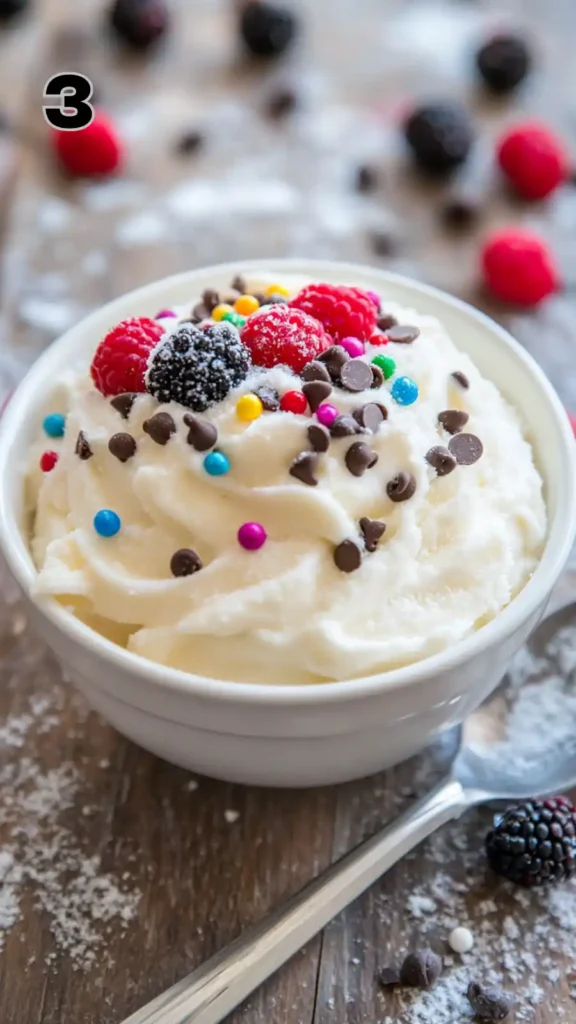
Flavor Variations to Try with Snow Cream Recipe
Snow cream is a versatile dessert that allows for plenty of creative flavor variations. Here are a few ideas to make your snow cream even more exciting.
- Chocolate Snow Cream: Add 2 tablespoons of cocoa powder to the sweetened condensed milk before mixing with the snow. Stir until fully combined for a rich, chocolatey treat.
- Strawberry Snow Cream: Puree fresh strawberries and mix them into the milk mixture for a fruity twist. This will give your snow cream a bright pink color and refreshing taste.
- Maple Snow Cream: Swap out the sweetened condensed milk for maple syrup and add a touch of vanilla extract. This version has a warm, comforting flavor that’s perfect for winter.
- Cinnamon Snow Cream: Add a teaspoon of ground cinnamon to the sweetened condensed milk mixture. This simple addition gives your snow cream a spicy kick and pairs well with the snow’s sweetness.
- Mint Snow Cream: Mix in a few drops of peppermint extract for a cool, minty snow cream. You can also add chocolate chips for a classic mint-chocolate flavor combination.
Try one or more of these variations to create your own unique snow cream recipe, perfect for a fun and flavorful winter dessert!
Dairy-Free and Vegan Alternatives for Snow Cream Recipe
If you’re looking for a dairy-free or vegan version of snow cream, there are several simple substitutions to make your treat just as delicious.
- Coconut Milk: Swap out sweetened condensed milk with coconut milk for a rich, creamy texture. Coconut milk adds a subtle flavor that complements the snow perfectly.
- Almond Milk: For a lighter alternative, almond milk works well. You can opt for unsweetened almond milk and add a little extra sugar or maple syrup to achieve the right level of sweetness.
- Cashew Cream: If you prefer a thicker, richer base, cashew cream is an excellent choice. Soak cashews overnight and blend with water to create a smooth cream that mimics dairy cream.
- Maple Syrup or Agave Syrup: Instead of using sugar or sweetened condensed milk, try maple syrup or agave syrup for a plant-based sweetness. These options also give a unique flavor that adds depth to the snow cream.
- Vanilla Almond Milk: For an extra flavor boost, use vanilla almond milk. It adds a hint of vanilla without the need for additional vanilla extract.
By making these simple substitutions, you can enjoy a vegan and dairy-free version of snow cream without sacrificing flavor or texture.
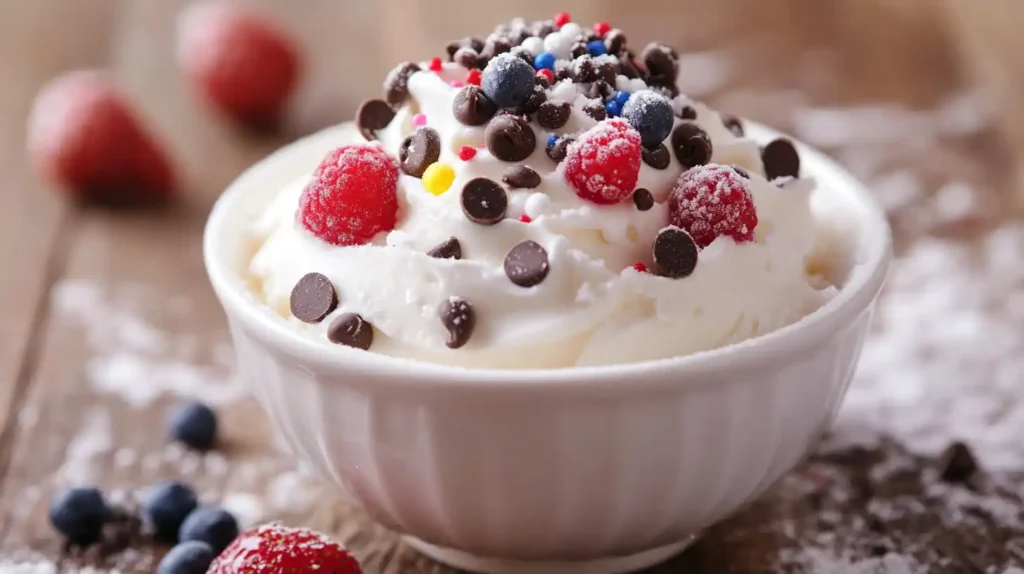
Health Benefits and Nutritional Facts of Snow Cream Recipe
While snow cream is typically a treat, it can offer some health benefits depending on the ingredients you choose.
- Low in Calories: Snow cream made with fresh snow, milk, and a sweetener like maple syrup or coconut milk is generally lower in calories compared to store-bought ice cream. This makes it a lighter alternative for those watching their calorie intake.
- Rich in Calcium: If you opt for dairy-based ingredients like sweetened condensed milk or heavy cream, snow cream can provide a good source of calcium. This nutrient is essential for maintaining healthy bones and teeth.
- Source of Vitamin C: Adding fruit-based flavors, such as strawberry or citrus, to your snow cream can increase its vitamin C content. Vitamin C supports a healthy immune system and promotes skin health.
- Customizable for Dietary Needs: You can adjust the recipe to suit dietary preferences, such as using dairy-free milk alternatives or sweeteners like agave syrup. This flexibility allows you to make a snow cream recipe that aligns with specific health goals.
- Moderate Sugar Content: While snow cream does contain sugar, using natural sweeteners like maple syrup can provide some trace minerals along with sweetness.
In moderation, snow cream can be a fun and relatively healthy treat to enjoy.
Common Mistakes to Avoid When Making Snow Cream Recipe
Making snow cream is simple, but there are a few common mistakes to watch out for to ensure the best outcome.
- Using Dirty or Contaminated Snow: Always collect fresh, clean snow from a safe area. Avoid snow that has been exposed to dirt, pollution, or animal activity. Contaminated snow can affect both the taste and safety of your snow cream.
- Adding Too Much Liquid: Snow cream requires just enough liquid to bind the snow and create a creamy texture. Adding too much milk or sweetened condensed milk can turn it into a watery mixture. Always add liquid gradually and stop when you reach the right consistency.
- Overmixing the Snow: Stirring too vigorously or for too long can cause the snow to melt and lose its fluffy texture. Gently fold the snow into the milk mixture until it’s well combined, but don’t overdo it.
- Using Wet Snow: Wet, heavy snow doesn’t provide the light, airy texture needed for snow cream. Stick with dry, powdery snow for the best results.
- Skipping Toppings: While optional, toppings like chocolate chips, sprinkles, or fruit add an extra layer of flavor and fun. Don’t miss out on these!
Avoiding these mistakes will help you create a delicious snow cream every time.
FAQ About Snow Cream Recipe
It’s important to use clean, fresh snow for snow cream. Avoid snow that has been contaminated by dirt, vehicles, or animals, as it may affect the taste and safety of your treat. Light, fluffy snow is the best option.
Yes! You can easily make dairy-free snow cream by using plant-based milk such as coconut milk, almond milk, or cashew cream. These alternatives provide a creamy texture and still deliver a delicious flavor.
Snow cream is best enjoyed immediately after making it. However, if you need to store it, place it in an airtight container and keep it in the freezer. Keep in mind that the texture may change as it freezes.
You can adjust the sweetness by adding more sugar, maple syrup, or agave syrup to the mixture. Start with a small amount and taste as you go, so it doesn’t become overly sweet. Add fruit-based flavors for a natural sweetness boost.
